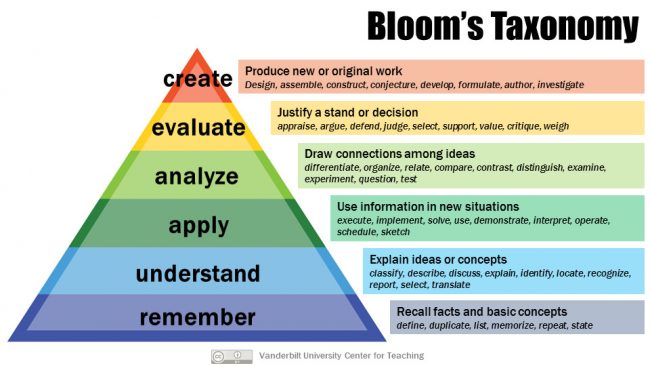Overview:
It is important to set up learning objectives so that it is easy to see what students should be able to do at the end of a lesson as a result of what they learned. Learning objectives should be student-centered, actionable, and measurable.
The ABCD objective formula helps identify what the students will be able to do as a result of the instruction, and gives a clear picture of the instruction and how the students success is determined.
ABCD Formula:
-Audience: who
-Behavior: what students are able to do
-Conditions: resources and limitations
-Degree: level or criteria
Ms. Lauren's Presentation:
It was interesting to see the different types of report cards and how different types of assessments can be used to assess kids. It was nice to see real life examples of the topics we are talking about in class. I also feel that I have a much better understanding of the different types of assessments. She also talked about how she works with preservice teachers like us to help them prepare to be the best teachers that they can be so that students can get the best education they deserve.


